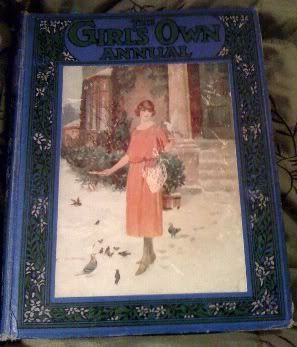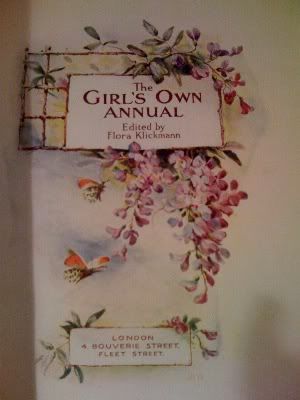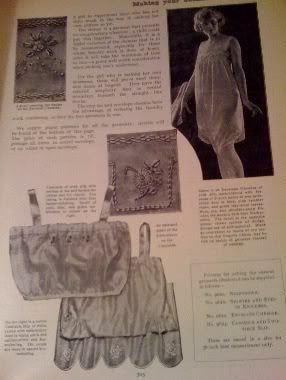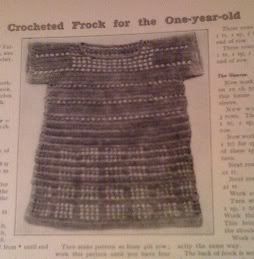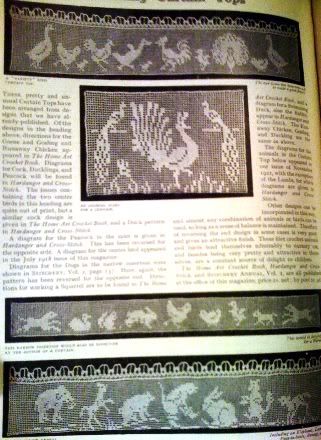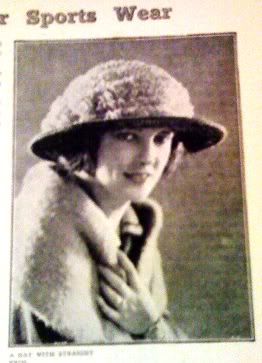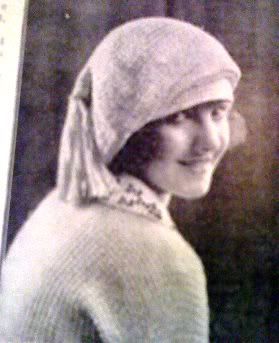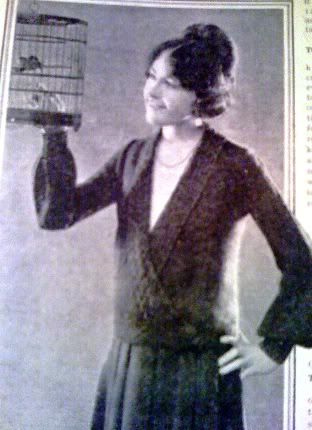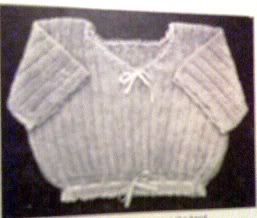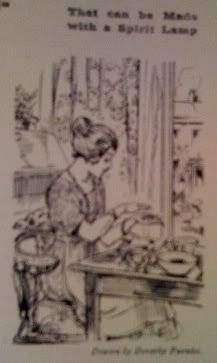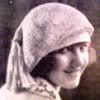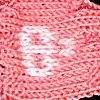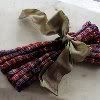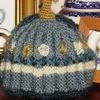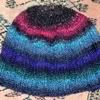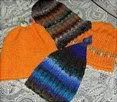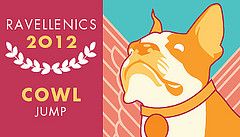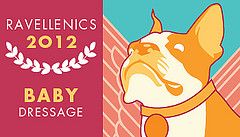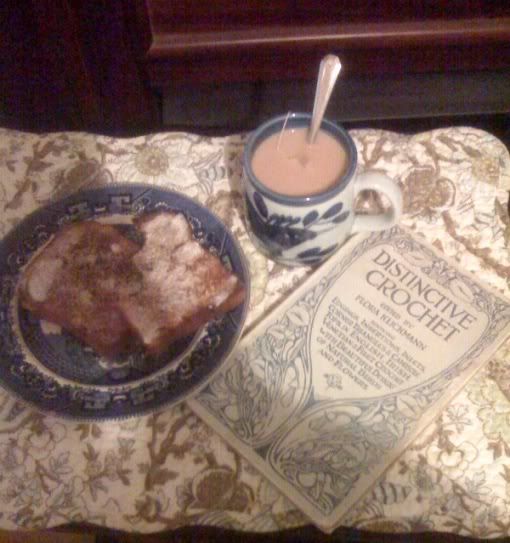
Good morning! Would you like to have tea with me and peruse a vintage book? We're having cinnamon toast with maple sugar sprinkles and Lupicia sugar-cookie tea. Too much sugar? It's very tasty, though! And it's the first day of May and - finally - the sun is pouring down like honey into this town in the valley.
You may remember that in the winter I reviewed one of my favorite antique volumes - The Girls Own Annual and talked about the editor and author, Flora Klickmann. Piecework Magazine's most recent issue carried an article about Klickmann and her numerous needlework pursuits and the very nice and knowledgeable author of the article has engaged in some conversation about it on Ravelry. You'll see in the article that the author has a lovely stack of Flora Klickmann's individual needlework booklets - very enviable!
This inspired me to search out one of my own Klickmann volumes - Distinctive Crochet, edited by Flora Klickmann, showing Edgings, Insertions, Inlets, Corner Triangles & Camisole Tops, in English, Irish, Venetian & Filet Crochet with Beautiful Designs of Natural Birds and Flowers.

Flora K considered herself an editor rather than a designer. She searched out and refined local needlework patterns, some written down for the first time, but she didn't consider herself the creator. I consider her a creator of designs, though. Without her, these beautiful patterns would have been lost to time. I honor everyone who collects and preserves vintage and antique knit and crochet, and creates patterns from them.
Distinctive Crochet is one of the Home Art Series, edited by Flora K. Others in the series are listed on the fly-leaf:
Needlework Economies
Hardanger and Cross-Stitch
Beautiful Crochet on Household Linens
The Modern Knitting Book
Artistic Crochet
The Cult of the Needle
The Modern Crochet Book
The Craft of the Crochet Hook
The Home Art Book of Fancy Stitchery
The Home Art Crochet Book
There may be others in this series, but this is what is listed in this volume. As with most of Flora K's publications, the majority of the advertisements within are for her own books. She also shows "Three 'Jolly Little Books' for Little Girls" - The Little Girl's Fancy Work, The Little Girl's Knitting and Crochet Book, and The Little Girl's Sewing Book. (I have the last two and they are wonderful) But there are other great ads in here too - 2 for knitting and crochet and their descriptions are so delightful I think you would enjoy reading them:
There is Peri-Lusta threads for Crochet, Knitting, Art, and Fancy Needlework in Filo, Convent, Floss, Pearl-Knit, and Crochet from Queen Victoria Street in London. "You will be more satisfied with your finished work, and it will be much more admired if you use the PERI-LUSTA Threads. The silky lustre of the threads and the beautiful new shades produce a perfectly charming effect."
and there is Faudel's... "It is essential suitable material should be used for the work selected. The undermentioned wools are highly recommended and will not cause disappointment, All the brands should be procurable at any Needlework Repository. In the event of any difficulty in obtaining a supply please write to Faudel's LTD., Newgate Street, London." I think from now on I'm going to call my LYS a "Needlework Repository:, or NR!
Faudel's produced
A.A. Peacock Fingering - The long length wool. 2,000 yards more in the 6lb spindle than in ordinary yarns
Peacock Shetland Wool - Best English make for Opera Hoods, Wraps, Fascinators, etc.
Peacock Andalusian - Best English make for socks, stockings, mittens, gloves, cuffs, gaiters, wraps, bonnets, and shawls
Peacock Double Knitting - For some years we have been trying to introduce a Yarn with the Wearable characteristics of the best Worsted combined with the Soft, Strong, and Elastic qualities of the best Fingering. We claim the "Peacock Double Knitting" to have been eminently successful. For golf jerseys, hats and Norfolk jackets, Shooting and Cycling stockings, Tams, scarves, sweaters, Football and Golf stockings
Peacock Vest Wool - Unshrinkable; specially prepared for Underwear
Peacock Lady Betty - A Pure Wool; used largely for baby's first vests, shawls, etc.
Peacock Ostrich Wool - In 1 oz Balls for making Boas, Capes, Hoods, Muffs, Ruffles
Peacock Spangled Wool with mercerized thread - A very pretty wool for shawls, vests, hoods, children's gloves, bonnets
Peacock Aberdeen Fingering - Made in 2, 3, 4 ply
Peacock Homespun - or Wheeling Yarn. A yarn for Deep Sea Mission and Charity purposes.
Peacock Royal Shetland Floss or Boa Wool - for Boas, ruffles, and shawls and working on the Boa Frame.
So interesting and very useful when you have the vintage yarns and are wondering what their best use would be! But there are a couple of other ads, too - and they give a glimpse into Victorian life, especially if you have seen that fascinating show on BBC - Victorian Pharmacy:
Here is one:
A GOOD HOME RULE: "Give Your Children PERRY'S POWDERS" The finest MEDICINE in the world for all Children's Ailments. Sold everywhere at 1/3 per box of 3 dozen or post free from Perry's Powders, Ld., Leeds. I tried to find out what was in Perry's Powders and read a notice in the Leed's paper that a yearly dividend of 10 cents was paid to the shareholders in 1886! I wasn't able to find the ingredients of Perry's Powders but many patent children's powders of this time contained opium, chloral hydrate, and/or cannabis. Not saying Perry's did - it could have been just Bicarbonate of Soda or something simple.
Here's another:
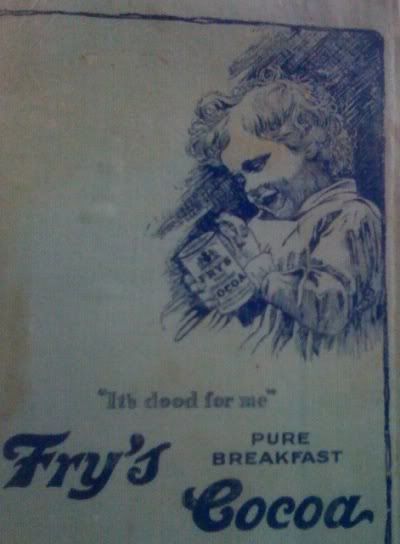
This advertisement reflects the children's diet of the times. It's for cocoa powder that was to be dissolved - a teaspoonful in half a pint of boiling milk and water (equal parts). It was a breakfast food but was also recommended as part of a curative diet for catarrh in children. Fry's Cocoa was also used in the hand manufacture of pharmacist's "pills" in order to make them more palatable to both children and adults. Some newspapers of the time credit this with the accidental overdose of children who thought the cocoa pills were candy. In any case, this ad for breakfast cocoa describes the health benefits:
"This bonny little chap is a Fry's Cocoa boy, plump and strong, with rosy cheeks: sunny, healthy, mischievous, full of life and energy. Have you any little pale faces at home? Build them up with FRY's."
Okay, you're probably ready for the needlework content of this book, right? Here is a beautiful curtain edging in Lily of the Valley. I so wish I had the time and patience to make this for the kitchen window.

The book, being crochet, shows several different techniques, as the front cover says, but is mostly Filet Crochet. Here are some of my favorites, with their graphs so you can reproduce them in your designs.
The Convolvulus - morning glory style flower - in both corner and insertion:

A Bird Cosy-Cover:

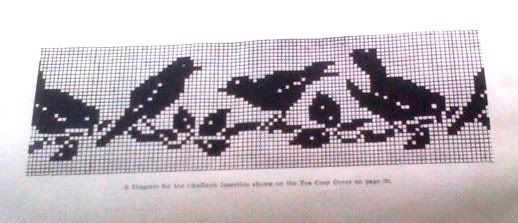
"The tea-cosy cover is exceedingly simple in construction. It consist of one straight piece of linen, about 20 inches by 10 inches wide, with the crochet insertion inlet across each end. This straight piece folds over from front lower edge to back lower edge, which does away with the need for any seam at the top.
Two narrow pieces of side linen are let in, about 3 inches at the bottom, and slightly gathered in at the top; these allow the cosy cover to expand to the requisite amount of roominess inside."
Flora recommends a UK size 6 crochet hook, which she says should produce an insertion of the right size for the average cosy.
The narrow crochet edging around the seams is described this way:
1st row - 9 ch, put crochet hook through edge of linen, pull loop of chain through, 3 dc over ch; repeat around.
2nd row - 6 dc over sp, 1 picot of 6 ch; repeat around.
And here is one of my favorite patterns form this booklet, the cute woodland mushroom and fern:
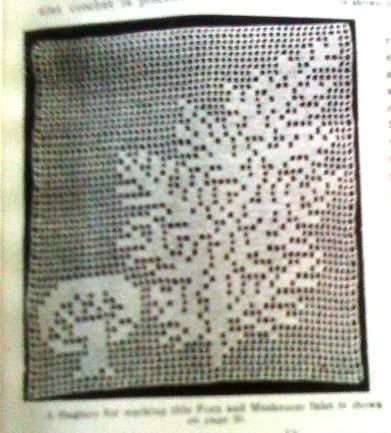
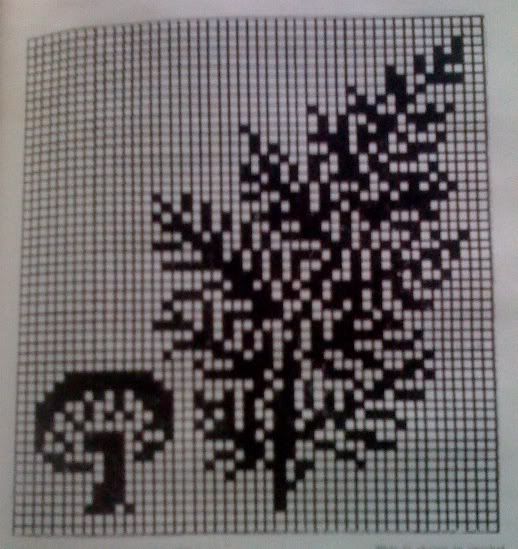
The 3rd section of the book contains a few patterns for "things for personal wear" including baby bonnets and women's underwear sets.
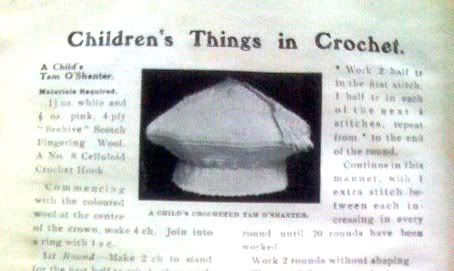
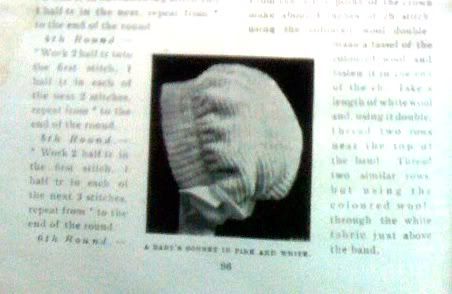
The Baby Bonnet is particularly adorable. It uses a British size 8 crochet hook and "Beehive Scotch Fingering Wool", though any soft baby wool will do, I think. Do remember that these are British directions, so a DC is a US SC... I remind you of this at the beginning but don't continue with these reminders.
The Front Band:
Make a chain of 11. Work backwards and forwards in DC, with 9 st in each row, always taking up both threads throughout and turning with 2 ch. When 14 inches are worked, fasten off.
The Neck Band:
Make 7 ch. Work like the front band but with 5 sts in each row, and finish when 7 inches are worked.
The Crown:
Commencing at the centre of the crown, make 4 ch. Join into a ring with 1 sc (this would be a US slip stitch in crochet).
1st round - Make 2 ch to stand for the first half tr stitch (US DC), then work 7 more half tr (half DC) into the ring. Continue in rounds taking up both threads and without turning or joining as follows: -
2nd round - work 2 half tr (half DC) into the top of the 2ch (which commenced the previous round), *2 half tr in the next st, repeat from *until three are 8 groups, each containing 2 half tr.
3rd round - Work 2 half tr intot he first stitch, 1 half tr in the next, *2 half tr in the following stitch and 1 half tr in the next. Repeat from * to the end of the round.
4th round - * Work 2 half tr in the first st, 1 half tr in each of the next 2 st, repeat from * to the end of the round.
5th round - * Work 2 half tr in the first st, 1 half tr in each of the next 3 sts, repeat from * to the end of the round.
Continue these rounds with one extra st between each, increasing until 16 rounds are worked., Finish with an increasing over the first st of the next round. Fasten off, Pass the next two increasings and commence again on the third increased point. * Continue, shaping as before until the end of the previous row is reached. Finish with an increasing and fasten off. Commence again over the 1st stitch of the previous row and repeat from * until 9 of these rows have been worked.
Make 1 dc in every alternate st all around the crown, working lightly to draw in the fabric.
Take the ends of the narrow band and sew them in place at each end of one of the long sides of the wide band. Pin the 2 points of the crown to each corner formed by sewing together of the bands, then pin the shaped edge of the crown to the neck band and the rounded edge to the front band. Hem the two pieces neatly together. Take a length of wool and using it double, thread two rows round the crown near the band, slightly drawing in the crown. Thread two similar rows through the band near the crown, but without drawing in the band.
Make rosettes at each side of the ribbon and fasten them to the band.
And there you have it!
And speaking of those marvelous people who collect and preserve the wonderful vintage patterns and designs, Susan Crawford is producing a second volume of A Stitch in Time. I was a sample knitter on the first volume and enjoyed it immensely, and she has just asked me to work on this second book too! I can't wait to see what wonderful designs she will ask me for, and I'll enjoy it so much! Her description of this A Stitch in Time Vol 2 is already up and available for pre-order at her website, Knit on the Net.
The designs are SecretSecret until the book comes out, but you can be sure that Susan will produce a book that is as beautiful as the first one is!
